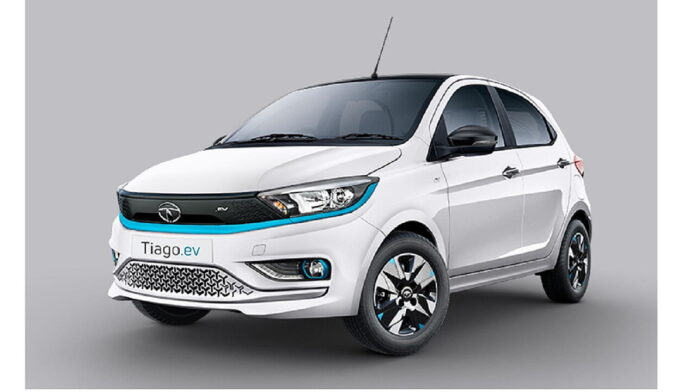The Tiago EV is the most reasonable EV thanks to this extremely reasonable pricing, but they are still more than Rs 3 lakh higher than the petrol Tiago, and this is just the beginning.
Here are nine things we noticed after taking a close look at India’s least expensive electric vehicle (EV).
The Tiago EV has a unique and upscale appearance thanks to EV-specific details, including blue accents, a modified bumper, a blacked-out grille, and new wheels. There are five different colours available, but my favourite is Teal blue.
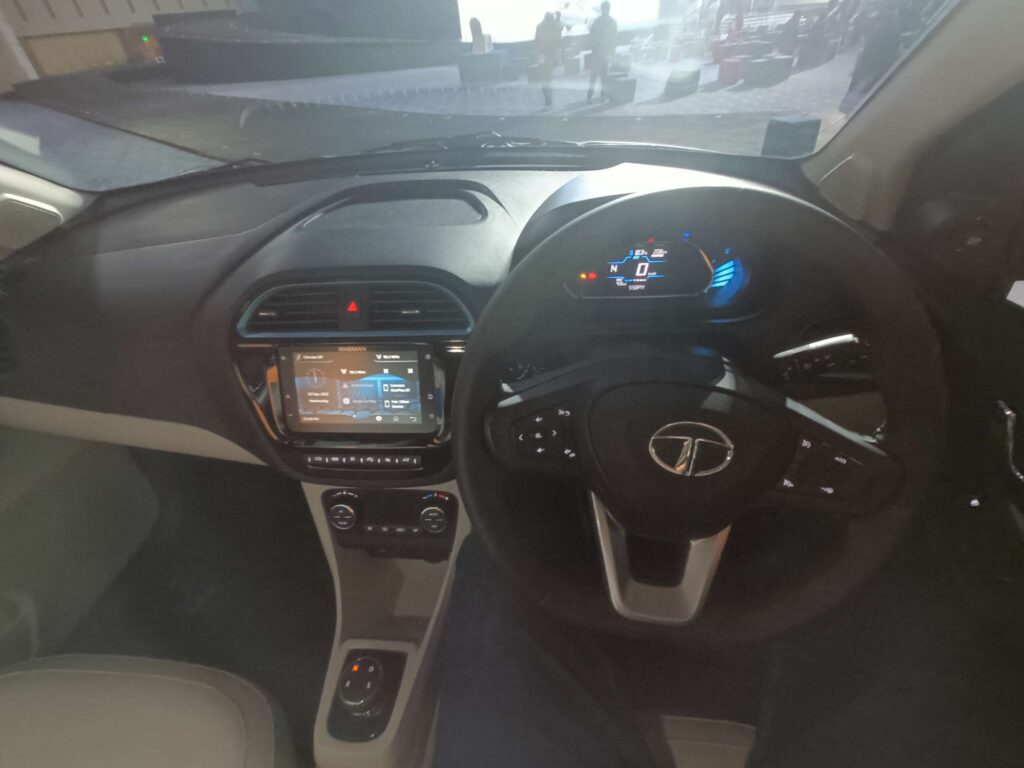
Read More: Mallika Sherawat sexy bikini photo, She is chilling in swimming pool the water caught fire!- Read Full News to see bold images.
The regular petrol Tiago’s interior has been upgraded and now feels more luxurious. The touchscreen is the same size as before, but there are blue accents that are unique to electric vehicles. Other features include a connected infotainment system, tyre pressure monitoring system, push-button start, a revised rotary gear selector, an 8-speaker Harman sound system, Android Auto and Apple CarPlay, and automatic climate control and headlights.
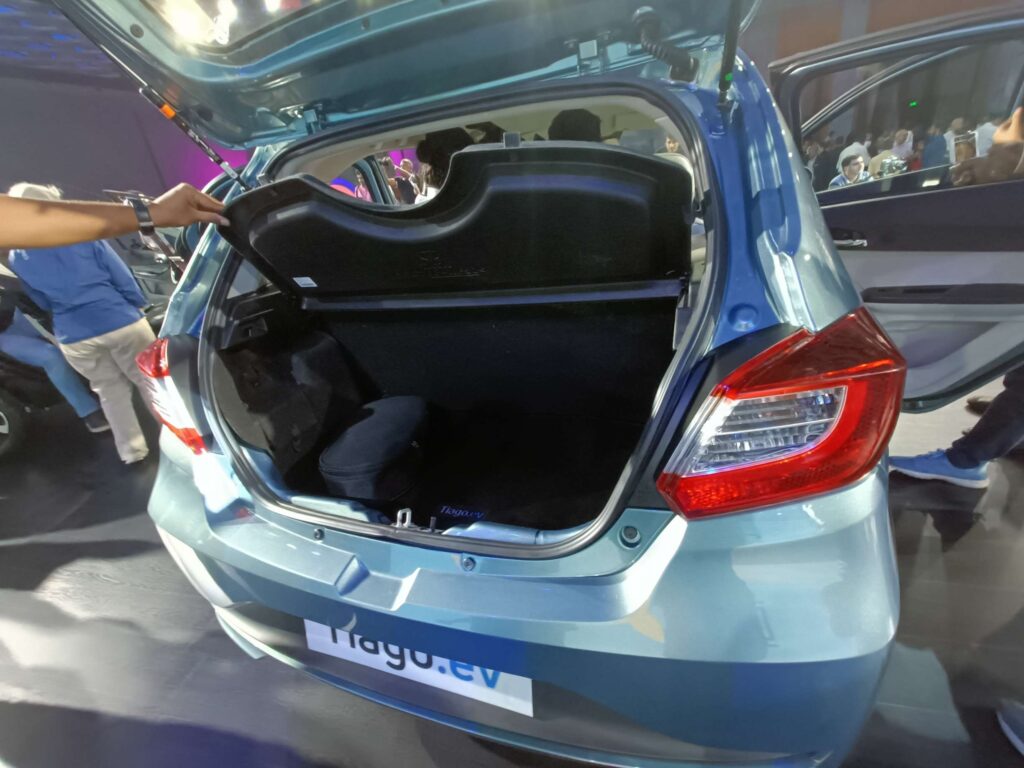
Similarly, the cabin is reasonably roomy, and the trunk is sizable despite the absence of a spare wheel, which has been substituted by a space saver to make up for the battery pack.
The battery pack is the main attraction, with increased range and fast-charging capability thanks to the Ziptron architecture. While DC fast chargers may replenish a depleted battery in as little as 57 minutes, the more convenient and faster 7.2kW AC residence fast charger takes only 3 hours and 36 minutes to do the same.
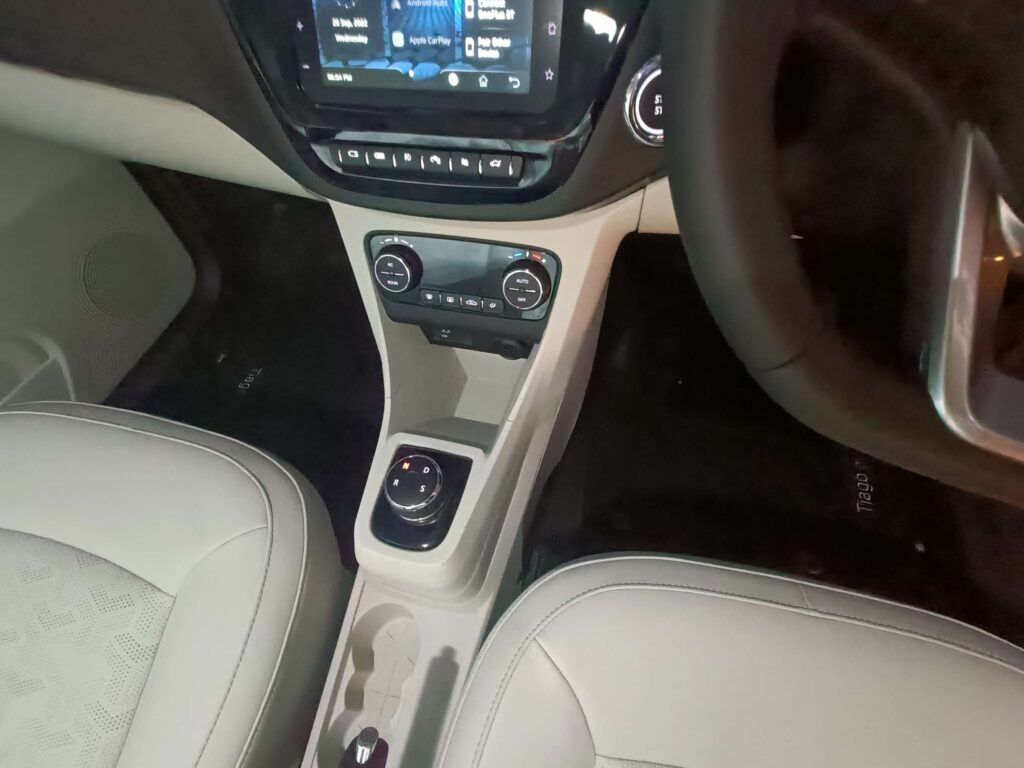
We have not yet put it through its paces, but its 24 kWh battery pack has the potential to provide a range of 315 km on the Revised Indian Driving Cycle (MIDC), and its 19.2 kWh battery pack has a range of 250 km.
While both battery packs have an IP67 rating, production would be focused on the larger 24 kWh battery pack. Both conventional and multi-mode regenerative braking is available, the latter with four distinct intensities to suit different driving situations.
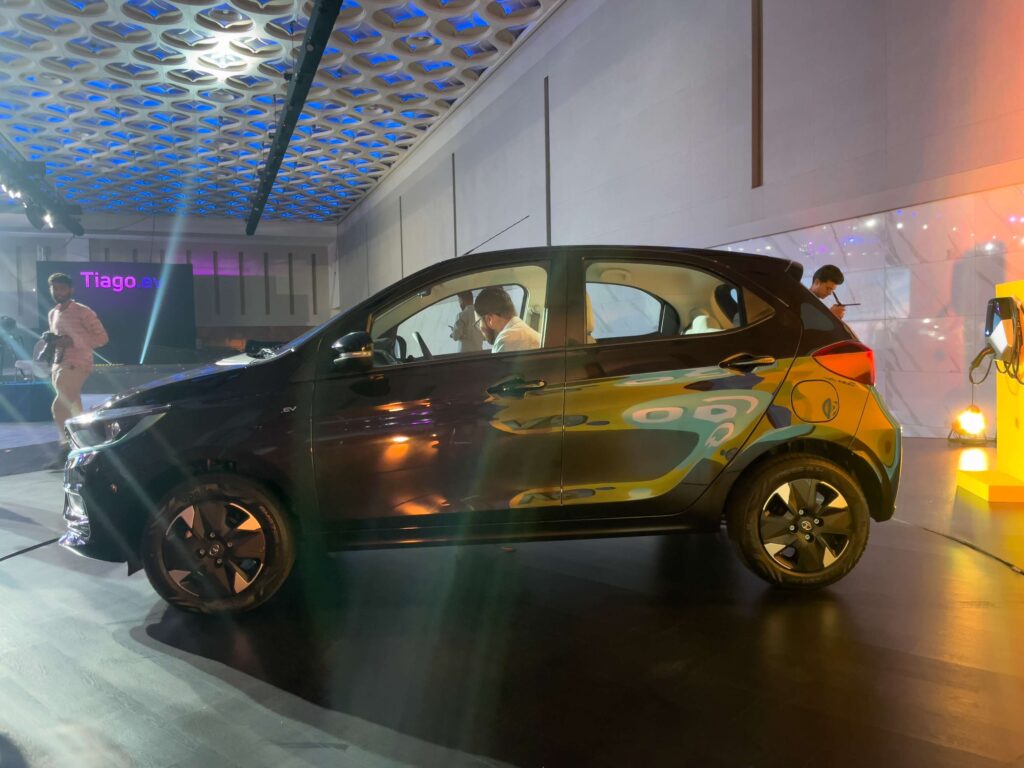
The bigger battery pack version has a 0-60 mph pace of 5.7 secs with 74 horsepower and 114 Newton-meters of torque.
The price tag of Rs 8.4 million has gotten all the attention, however, keep in mind that this is for the 19.2 kWh model, while the 24 kWh models start at Rs 9.9 million. The most expensive model costs Rs 11.7 lakh and comes with a 7.2kW AC home fast charger. Although these rates are permanent for the first 10,000 reservations, the first 2,000 are set aside for current Tigor and Nexon EV owners.
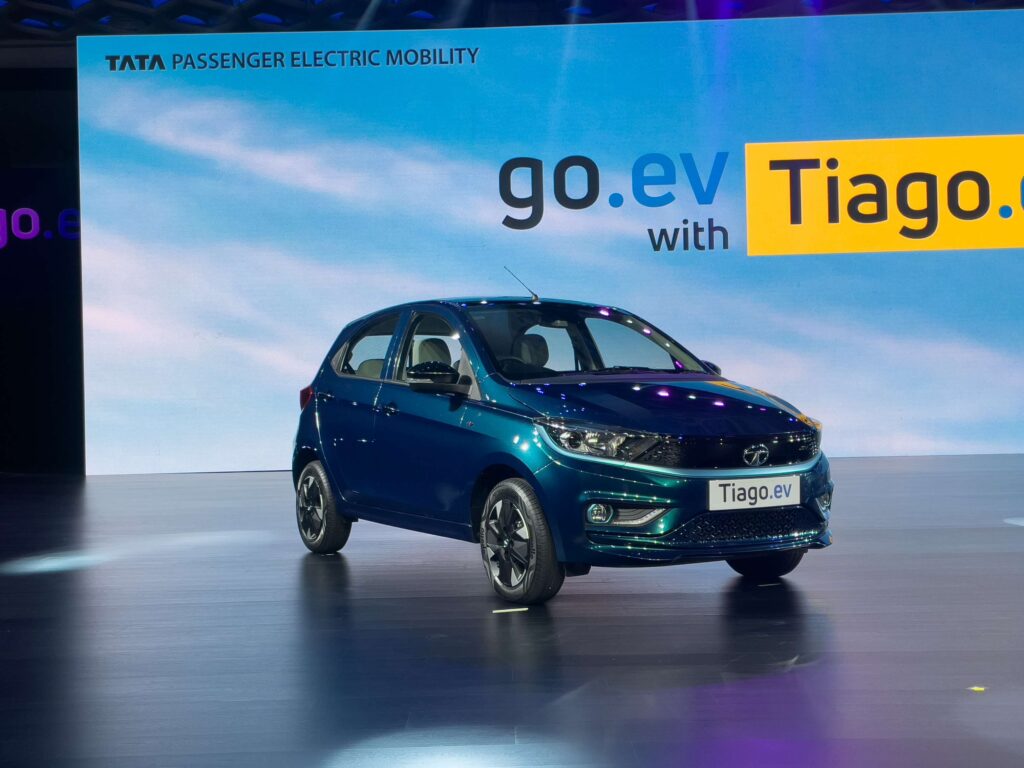
Even at these introductory rates, the Tiago EV is more than Rs 3 lakh more expensive than the petrol Tiago, making it the most expensive electric vehicle (EV). However, the Tiago EV has no competitors, and its range is also rather outstanding, so it is a very smart choice as a city-based EV; our drive review will disclose more shortly.



